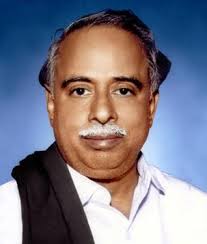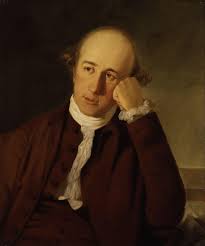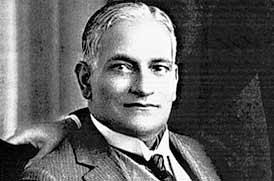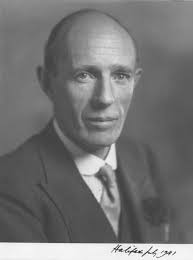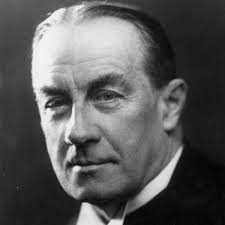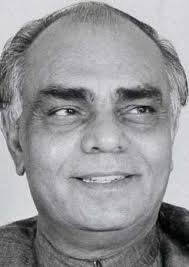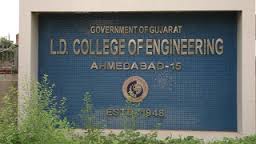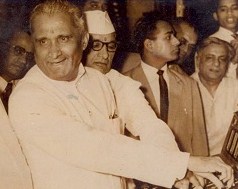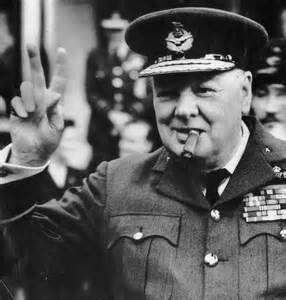Nadir Shah is hardly a household name in India. Historians apart, it’s unlikely too many Indians would have even heard about the one time ruler of Iran. He came, he saw, he plundered and he left India in 1739. Incredible as it may sound, that brief invasion proved a tipping point in Indian history. This is the story of that extraordinary episode.
Condition of India in 1739
Geographically, the Mughal Empire was at its zenith at the turn of the 18th century, including most of present day India and Afghanistan plus the whole of present day Pakistan and Bangladesh. Not since the time of Ashoka the great had one single political authority ruled over nearly the whole of south Asia.
However, the massive expansion of the empire under Aurangzeb had come at a monumental cost. The disastrous campaign in the Deccan had sapped the military strength and prestige of the Mughals. The treasury was teetering on the brink of bankruptcy. The death of Aurangzeb in 1707 resulted in a scramble for power, resulting in court intrigues that increasingly weakened central authority of the Mughal court in Delhi.
Inevitably, regional satraps started enjoying greater autonomy from central authority in Delhi. Far more ominously, the Marathas, whose rising empire had been seemingly destroyed during the Deccan campaign, started re-asserting themselves under the astute hand of Peshwa (Prime Minister) Balaji Vishwanath Bhat.

Aurangzeb
The Afghan Situation
In faraway Iran, another empire was rapidly disintegrating at the turn of the 18th century with the Safavid dynasty in deep decline. The extent of their decline was brought home by Afghan invasion in 1722, which resulted in complete collapse of Safavid rule. But the Persians effected a dramatic turnaround under the command of Nadir Shah, who restored the last Safavid ruler to the imperial throne. While Tamasp was nominally the ruler, Nadir Shah was the actual power behind the throne (he would become de jure ruler in 1736).
With the capital Isfahan now recovered, Nadir Shah set out on a campaign against the Afghans, who fled the marauding invaders, taking refuge in Kabul and further east in what is today eastern Afghanistan and FATA region of Pakistan- territories which formed the frontiers of the Mughal empire at the time.
The Afghans were a predominantly tribal people who only grudgingly accepted the central authority of the Mughal sultan in Delhi. Successive Mughal emperors had taken considerable efforts to secure that region from the Persians next door. However, with declining Mughal power and the palace intrigues that occurred after the passing away of Aurangzeb, the security of that crucial frontier region had fallen into neglect.
Nadir Shah sent several messages to the Mughal emperor in Delhi, complaining about the fact that his officials at the frontier were providing refuge to elements inimical to his interests. It is possible that Nadir Shah intended to take on the Mughals anyway- there had been rumours to that effect as far back as 1734. The Mughals, too occupied with palace intrigues to bother about events in the distant frontiers of their empire, made no effort to address his complaints. After a series of ineffective communications, the Persian emperor decided to take matters into his own hands.

Nader Shah
Nadir crossed the line from the frontier and entered the north-western frontier of the Mughal empire, occupying Kabul by 1738. Whether out of genuine concern, or simply as a pretext to invade, he sent out a new message to the Mughal emperor. The messengers were intercepted en route and attacked. Nadir Shah now had his reason/ pretext.
As the year 1739 wound its course, Nadir Shah moved further and further east. Attock, Peshawar and finally Lahore were sacked. Mughal authorities were ousted and the Persians held sway.
Enemy at the Gates
With the Persians barely four day’s march from their imperial capital, the Mughals made frantic efforts to raise Rajput armies in their support. The Rajput princes, either because they sensed the weakness of their Mughal tormentors or because of the antagonism created by Aurangzeb’s bigoted policies (possibly both), refused to support the Mughal emperor.
The two armies came face to face in Karnal (in present day Indian state of Haryana) on 13th February 1739. Whereas the Persians were led by an astute, iron-willed general in their emperor, the Mughals lacked unity of command as well as cohesion. Predictably, the Mughal army was routed.
The victor imposed an indemnity of two crore (twenty million) rupees on the vanquished- surely, an astronomical amount for that era. But a greater indignity lay in store for Mughal emperor Muhammad Shah. On 20th March the inhabitants of Delhi were treated to the unimaginable scenes of their emperor marching shoulder to shoulder with his conqueror. In the words of a historian
The imperial court was stripped of its splendid appliances…nobles and other rich men were compelled to disgorge their accumulated wealth… terror, dejection and shame sat on every countenance
But a greater tragedy awaited.
The Massacre
On the night of the 21st, a rumour went around Delhi that Nadir Shah had been killed. Seeing the opportunity to avenge their humiliation at the hands of the infidel, influential figures in Delhi unleashed their men, resulting in the murder of over 700 Persian troops.
The infuriated Nadir Shah, who was very much safe and sound, ordered his troops to carry out a general massacre. In the seven hours between 8 A.M and 3 P.M, the inhabitants of the imperial capital were put to the sword. Chandni Chowk, Dariba Kalan and the buildings around Jama Masjid were burnt to the ground. It is estimated that 1,10,000 inhabitants were massacred before the pleas of Muhammed Shah saved thousands of others from a grisly fate.
Not surprisingly, the war indemnity was increased manifold. In the words of an eyewitness
All the regal jewels and property and the contents of the treasury were seized by the Persian conqueror. He thus became possessed of treasure of the amount of 60 lakh rupees and the jewels, many of which were unrivalled in beauty were valued at about 50 crore… elephants, horses and whatever else pleased the emperor’s eye became his spoil… the accumulated wealth of 348 years changed masters in a moment.
For the Mughals, who were devout Sunni Muslims, a humiliating thrashing at the hands of an infidel Shia was the ultimate humiliation. The once mighty Mughal empire lay in ruins.
Aftermath
- Nadir Shah’s second son Nasrollah was married to one of the imperial princesses
- Owing to the plunder obtained from the sacking of daily, Nadir declared a 3 year tax holiday in Iran
- The provinces west of Peshawar were annexed to the Persian empire
- Nadir Shah was assassinated in 1747

Muhammad Shah
Legacy
- The provinces annexed by Nadir Shah were never recaptured, forming what is today known as Afghanistan
- Mughal authority, which had hitherto survived merely on reputation, effectively collapsed. The Sultan in Delhi only remained the emperor of Hindustan in name
- The Marathas, a rising force in the country at the time, became de facto rulers of most parts of India in the decades that followed
- Several regional satraps, such as the Nizam of Hyderabad and the Nawab of Bengal became absolute rulers of their provinces although they nominally owed suzerainty to the Mughal emperor
- The disintegration of the Mughal empire into multiple states paved the way for British conquest of India
- The fear of a Russian invasion prompted the British rulers of India to attempt annexation of Afghanistan with a view to securing their empire, resulting in three campaigns in Afghanistan by the British
Sources
- Sidney. J. Owen, The Fall of the Mugul Empire, John Murray, London (1912)
- Michael Axworthy, The Sword of Persia, I.B. Tauris (2006)
- Edward Granville Brown, A Literary History of Persia- Volume IV, T.F. Unwin, London (1924)
- The New Indian Express, Nadir Shah’s Vast Pillage of Delhi, 22nd August 2013


